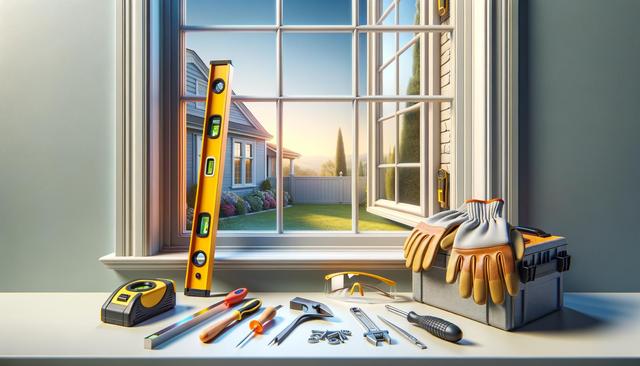Recognizing the Signs You Need New Windows
Homeowners often overlook aging windows, but there are several clear indicators that it may be time to consider a full window replacement. Understanding the signs you need new windows can help you avoid higher energy costs, structural damage, and reduced comfort. Some of the most common signs include:
- Visible damage such as warping, cracking, or rotting window frames
- Persistent drafts even when windows are closed
- Condensation on windows, especially between glass panes
- Difficulties opening or closing the windows
These issues not only compromise the appearance of your home but also its efficiency. If you notice any of these problems, it’s worth conducting a detailed inspection or consulting a professional to determine the best course of action.
Understanding How Much Heat Windows Lose
One of the driving factors behind window replacement is energy efficiency. Many homeowners underestimate how much heat windows lose, especially in older or poorly insulated models. In fact, windows can account for up to 30% of residential heating and cooling energy use. Single-pane glass, unsealed frames, and aged materials contribute to significant thermal transfer.
Newer window technologies, such as double or triple glazing and low-E coatings, are designed to reduce heat loss and improve insulation. Replacing outdated windows with modern, energy-efficient options can contribute to a more consistent indoor temperature and less strain on your heating and cooling systems.
Performing a Drafty Window Test
Even if your windows look intact, they might still be causing energy inefficiencies. A simple way to assess this is through a drafty window test. This test helps determine if air is leaking through gaps or seals in the window frame.
Here’s how you can perform a basic test:
- Close all windows and doors
- Turn off HVAC systems and fans
- Light a stick of incense and slowly move it around the edges of the window
- Watch for changes in the smoke pattern – if it wavers or is drawn inward or outward, there’s likely a draft
This test can guide your decision on whether a repair or a full replacement is necessary. In many cases, window drafts signal that the frames or seals have deteriorated beyond simple fixes.
Condensation on Windows and What It Means
Not all condensation on windows is a cause for alarm, but understanding its type and location is important. Condensation on the inside of the glass usually indicates high indoor humidity, while condensation on the outside typically occurs during humid weather and is generally harmless. However, condensation between panes is a red flag.
When moisture appears between double or triple-pane windows, it suggests that the seal has failed and the insulating gas has likely escaped. This not only diminishes the window’s thermal performance but also compromises its clarity and appearance. In such cases, a full window replacement is often the most cost-effective solution for restoring energy efficiency and aesthetics.
The Link Between Energy Bills and Old Frames
Rising energy costs can often be traced back to inefficient windows. The connection between energy bills and old frames is more direct than many homeowners realize. As window frames age, they can warp, crack, or lose their ability to form a tight seal. This leads to air leakage, making your heating and cooling systems work harder to maintain a comfortable temperature.
If you’ve noticed an increase in your utility bills without a clear reason, your windows might be to blame. Investing in energy-efficient window replacements can lead to noticeable savings over time. Features to look for in replacement windows include:
- Energy Star ratings
- Insulated frames
- Double or triple glazing
- Low-E glass coatings
These features work together to minimize energy loss and enhance your home’s overall performance.
Conclusion: Making the Right Choice for Long-Term Comfort
Window replacement jobs are more than just a cosmetic upgrade—they play a crucial role in maintaining a home’s energy efficiency, comfort, and value. Whether you’re noticing condensation on windows, performing a drafty window test, or dealing with high energy bills and old frames, recognizing the signs early can save you money and hassle in the long run. By addressing how much heat windows lose and upgrading to more efficient models, you’re investing in a more sustainable and comfortable living environment. Consider consulting a qualified professional to assess your home and guide you toward the most suitable window solutions.




Leave a Reply